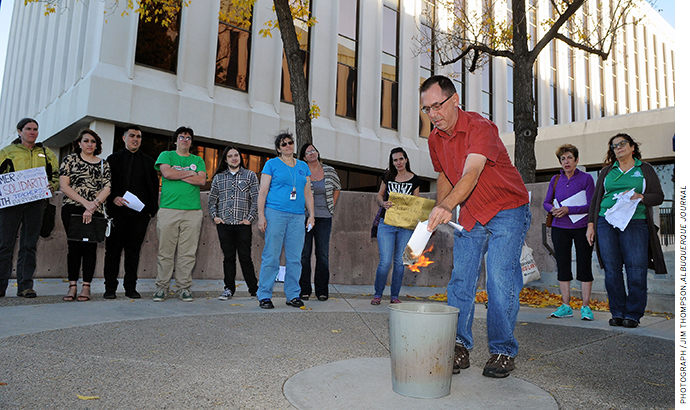In a piece for Education Next released last month, I looked at the Obama-era push for better teacher evaluation systems. As states and cities turn the page on that particular set of reforms, I wanted to pause and reflect on what we can learn from the last eight years. In the piece, I nodded toward some of the successes of that effort but spent more time reflecting on what could have gone better. I focused on four major policy mistakes:
1. A universal approach of trying to get all states and cities to pursue teacher evaluation reform efforts;
2. A narrow definition that focused too much on the specific elements of evaluation systems without leaving room to accomplish the same goals in different ways;
3. An emphasis on process over purpose, which paid too much attention to the evaluation systems themselves and not enough on the actual use of those systems;
4. A collision in timing with the rollout of Common Core that proved politically and logistically challenging.
These failures do not invalidate the entire theory of action that teachers matter and that improving the policies around how school districts hire, evaluate, compensate, and train teachers could lead to better outcomes for students. Encouraging school districts to evaluate teachers and principals at least in part on student growth, and to make consequential decisions based on those determinations, was never going to be an easy shift. It required new policies, new systems, and better tools, not to mention changing a culture that treated teachers as interchangeable widgets. For all these reasons and more, we haven’t seen the widespread changes President Obama or his Secretary of Education, Arne Duncan, might have hoped for when they made teacher evaluation one of their signature policies.
Still, failing to change everything doesn’t mean we’ve learned nothing. There’s a growing body of evidence that evaluation reform can be a viable school improvement strategy for places that want to pursue it. In my piece I cited a randomized controlled trial of the Teacher Incentive Fund (TIF), which provided competitive grants for districts to revamp their evaluation and compensation systems. The study found that TIF led to gains equivalent to 10 percent of a year’s worth of learning in math and 11 percent in reading. There are other positive examples as well. Studies on evaluation reform efforts in Cincinnati, Chicago, Denver, New York City, and Washington, D.C. have found that comprehensive evaluation systems can help identify teachers who need to improve their practice, nudge low-performing teachers out of the profession, and, ultimately, boost student achievement. To be sure, these cities all pursued different sets of reforms, but they had the common thread that they were all trying to identify and act on differences in teacher performance.
In total, these positive examples provide evidence in support of the underlying theory of action on teacher evaluation reforms. Rather than discarding this era and moving on, as states and advocates seem wont to do, we should learn from this massive effort: what worked and what didn’t work and why.
— Chad Aldeman
Chad Aldeman is a principal at Bellwether Education Partners.
This post originally appeared on Ahead of the Heard.



